SubD examples and models
-
@olishea said:
Can't you already do something similar with Maxwell?
Yea I wonder if I saw a YouTube video on that. Though I'm not a Maxwell user...
-
@thomthom said:
- A preview window on the side.
- Make the background of that preview window transparent and overlay it the SU viewport. (not sure how well that'll work since it'd be a separate 3d spacxe on top of SU's view...)
Please, no separate window!

@olishea said:
Can't you already do something similar with Maxwell? It renders a subdivided version of your control mesh? I'm not maxwell user so unsure. Also needs to be realtime, simple shader.
Yes, Maxwell has render time subdivision. It's not a shader, it's a modifier, that produces real subdivision geometry.
http://support.nextlimit.com/display/mxdocsv3/Pixar+OpenSubdiv -
@numerobis said:
Please, no separate window!

Not much way around that - since the SU API doesn't give access to the pipe-line. It'd off course be optional to use it.
-
Not quite sure where to post this but, since I'll be applying SubD on it, I'll ask here: any ideas how to fix the topology of the red section in this model?
Benz+190+Evo.skp -
Maybe add another loop.

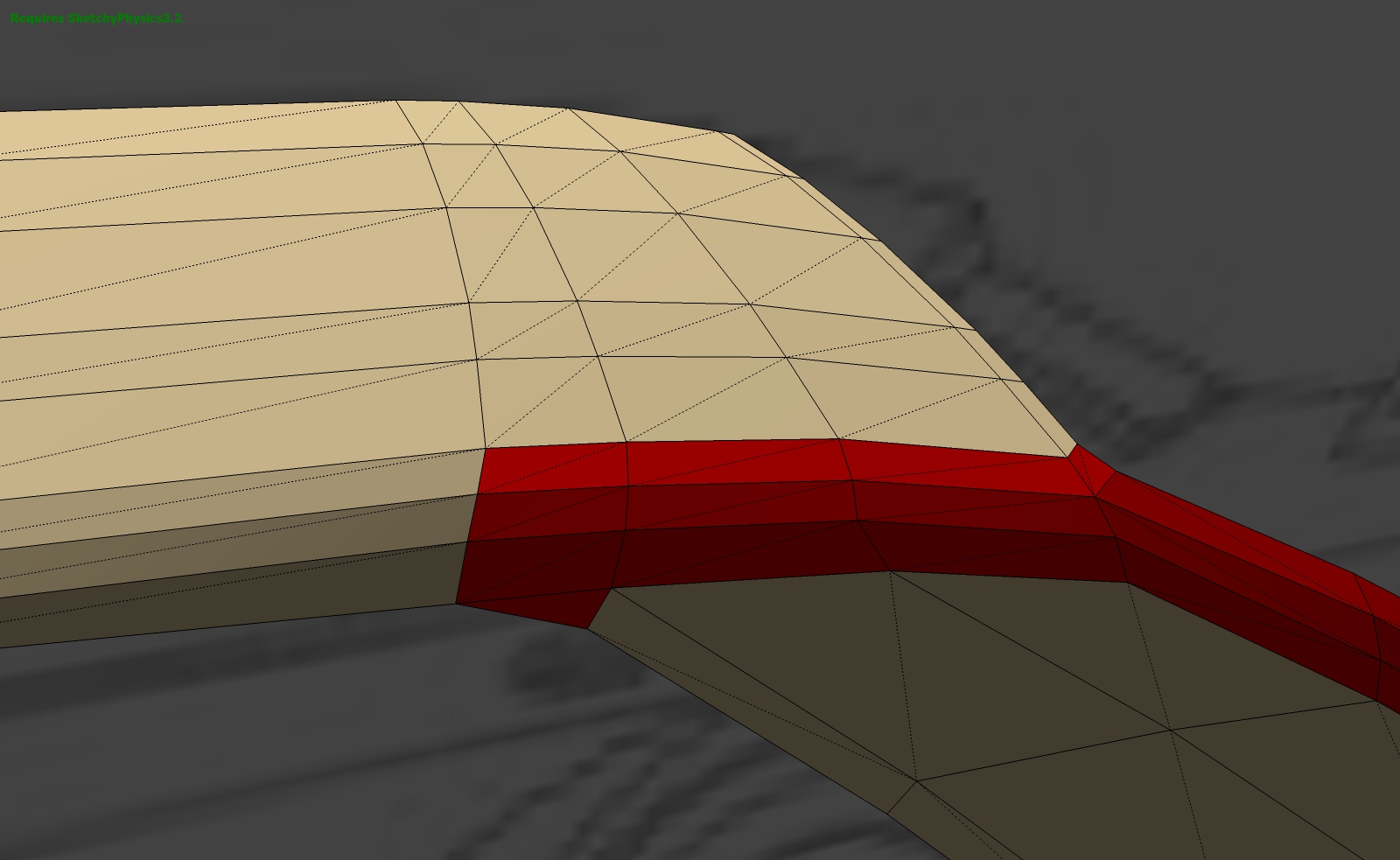
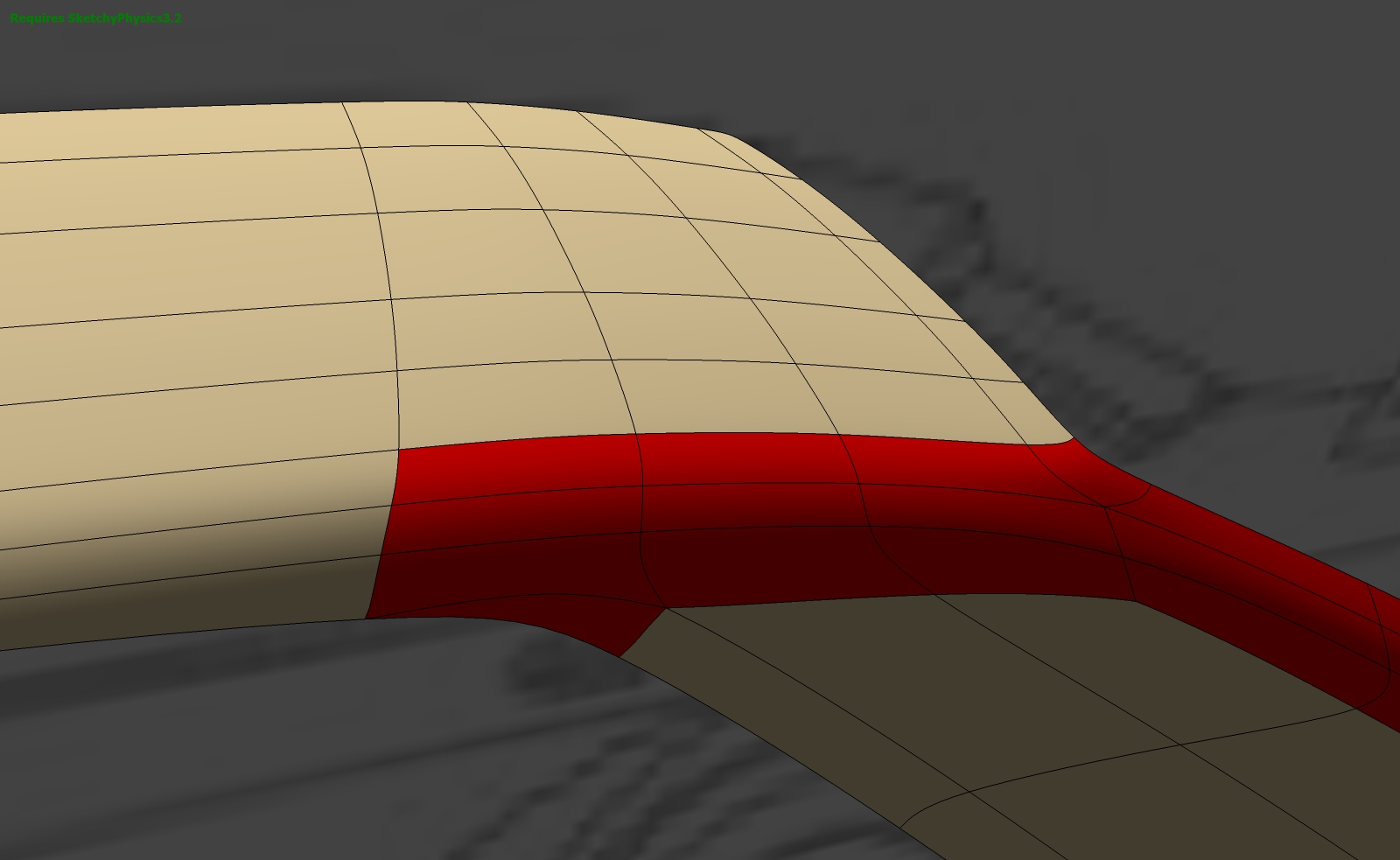
-
My biggest concern is the rear glass' frame - the corner looks a bit weird when I subdivide it because the ring from there goes along the roof all the way to the front instead of connecting somehow to the door's corner or something. I mean, I'm trying to solve the way I did on the corresponding front section(A-pillar?)

-
Fixed! I color-coded the problematic section again so I can better explain what was running through my head: I'm looking at the whole front-to-back edge as a group of rings that go along through the whole car. The issues shown on the "before" picture caused the corners between the roof and the C-pillar to kind of flick open. Now that I rearranged those rings and added a little extrusion to all contours, the problem's gone

Before:
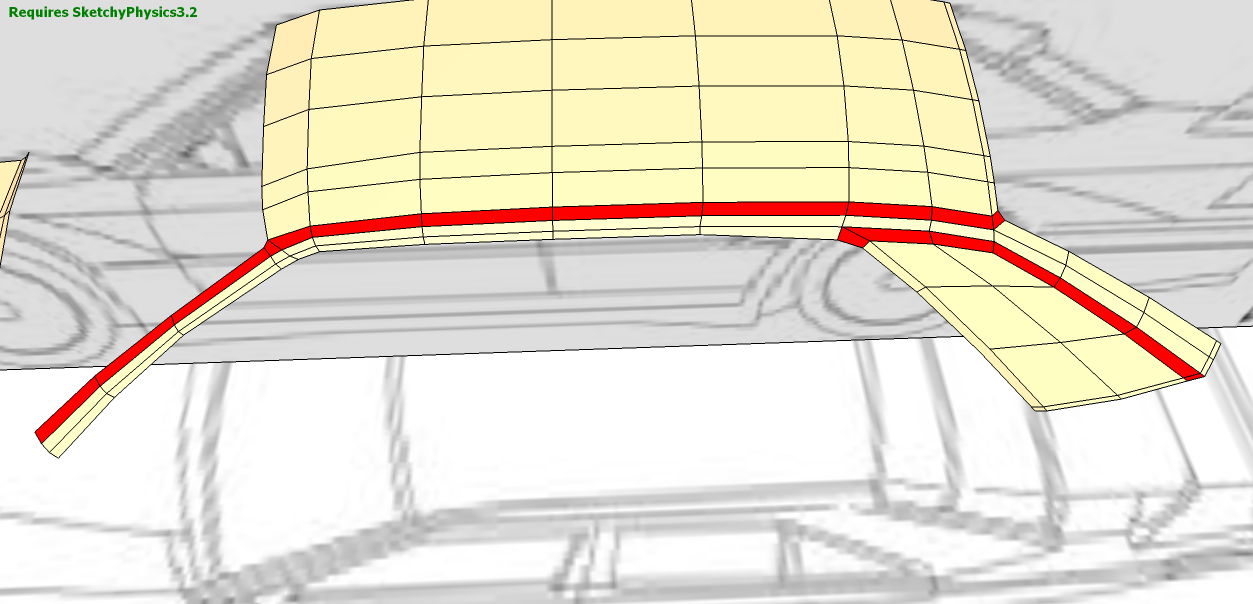
After:
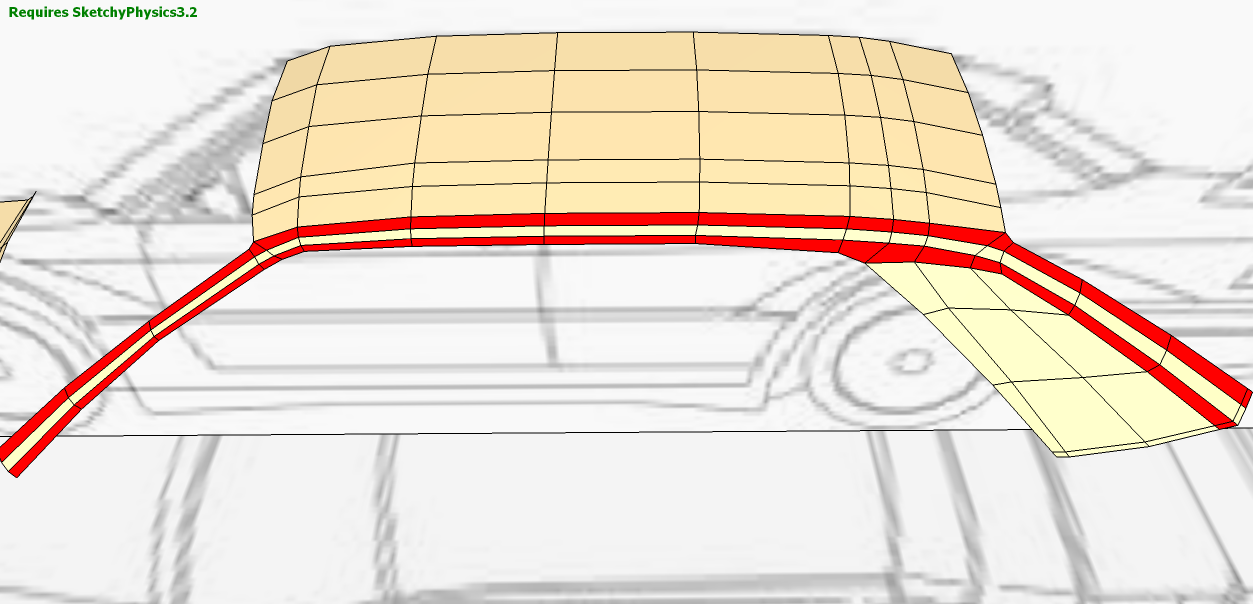
Smooth:
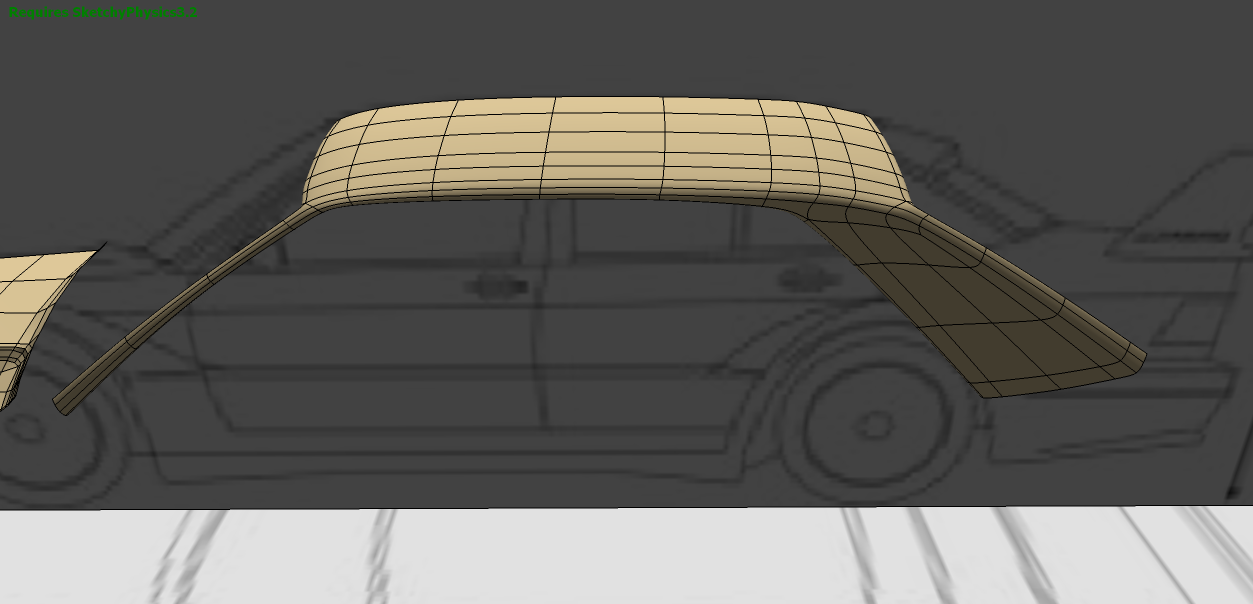
-
@alsomar said:
and after a little bit of Thea and Photoshop, this is the result:

Very clean high poly modeling!
-
Images doesn't seem to load on my end. (IMO it's better to upload to the forum instead of hot-linking.)
-
It's Spanish and I don't see the images too.
-
I found this subdivision tips
http://blog.whiteblaizer.com/2009/03/subdivision-tips-hard-surface-modelling-iv/not sure of the language - might be Italian.
here is the index page
http://blog.whiteblaizer.com/tutorials/Hope it helps.
![[img]http://blog.whiteblaizer.com/wp-content/uploads/2009/03/sdm04_05.jpg[/img] [img]http://blog.whiteblaizer.com/wp-content/uploads/2009/03/sdm04_05.jpg[/img]](/uploads/imported_attachments/GQxP_sdm04_05.jpg)
![[img]http://blog.whiteblaizer.com/wp-content/uploads/2009/03/sdm04_04.jpg[/img] [img]http://blog.whiteblaizer.com/wp-content/uploads/2009/03/sdm04_04.jpg[/img]](/uploads/imported_attachments/IJGE_sdm04_04.jpg)
![[img]http://blog.whiteblaizer.com/wp-content/uploads/2009/03/sdm04_03.jpg[/img] [img]http://blog.whiteblaizer.com/wp-content/uploads/2009/03/sdm04_03.jpg[/img]](/uploads/imported_attachments/RwgJ_sdm04_03.jpg)
![[img]http://blog.whiteblaizer.com/wp-content/uploads/2009/03/sdm04_02a.gif[/img] [img]http://blog.whiteblaizer.com/wp-content/uploads/2009/03/sdm04_02a.gif[/img]](/uploads/imported_attachments/Nv05_sdm04_02b.jpg)
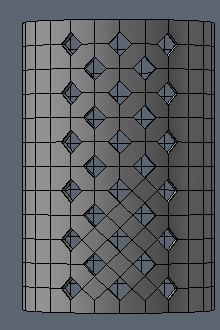
-
@cotty said:
It's Spanish and I don't see the images too.
images changed to uploads rather than linked
-
-
@garydorn said:
I found this subdivision tips
http://blog.whiteblaizer.com/2009/03/subdivision-tips-hard-surface-modelling-iv/not sure of the language - might be Italian.
here is the index page
http://blog.whiteblaizer.com/tutorials/Nice! That looks to be similar to the challenge HornOxx and I was looking into earlier:
http://sketchucation.com/forums/viewtopic.php?f=397%26amp;t=63826%26amp;start=300#p588912
http://sketchucation.com/forums/viewtopic.php?f=397%26amp;t=63826%26amp;start=330#p588916 -
o.k I know it's not a car or godzilla, just started messing about with SubD last night. trying to wrap my brain around a new way of doing things. here's a mod style chip & dip bowl for your next party. copied my steps for the pic.
plain cup in front pretty much native SU tools
far left, base shape of bowl , pretty much Vertex tools
middle bowl , shaped wavy edge , all Vertex
far right , SubD , copied and scaled down for the dip.
I think I really like this, don't think I could have got these shape without Vertex & SubD , thanks thomthom..

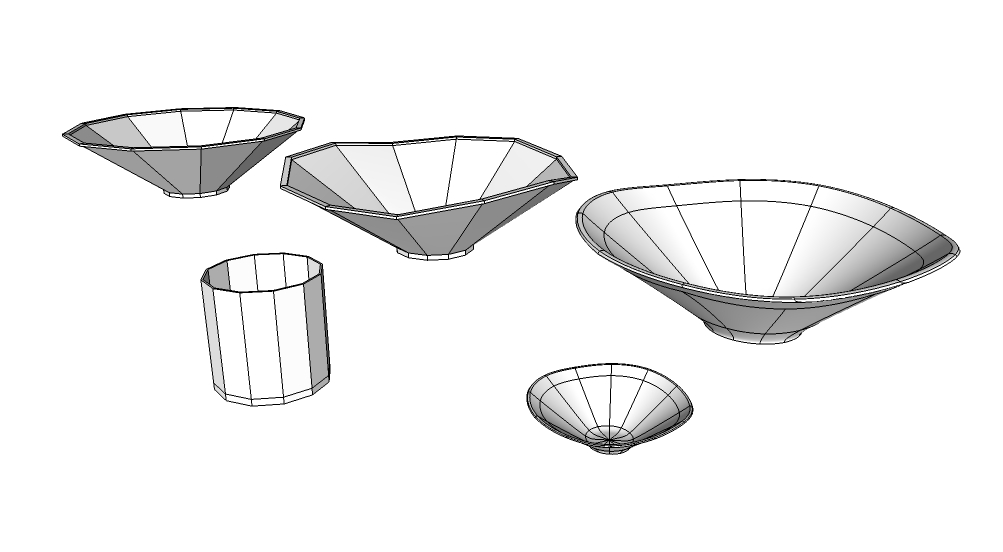
-
@tuna1957 said:
I think I really like this, don't think I could have got these shape without Vertex & SubD , thanks thomthom..



-
@rich o brien said:
[edg3d:2tjo9rm3]gV91M4RhOcwv4Fz[/edg3d:2tjo9rm3]
[attachment=0:2tjo9rm3]<!-- ia0 -->female-base-head.skp<!-- ia0 -->[/attachment:2tjo9rm3]
So just when I managed to stop checking to see if there were any updates in the UnWrap thread, you post one here... Pretty sneaky... Pretty sneaky.
Damn it, I built a time machine just so I wouldn't have to wait for this to be released... But either it doesn't work and I keep falling asleep in it or it only moves me forward in 8 hour increments. Stupid lousy impatience.
-
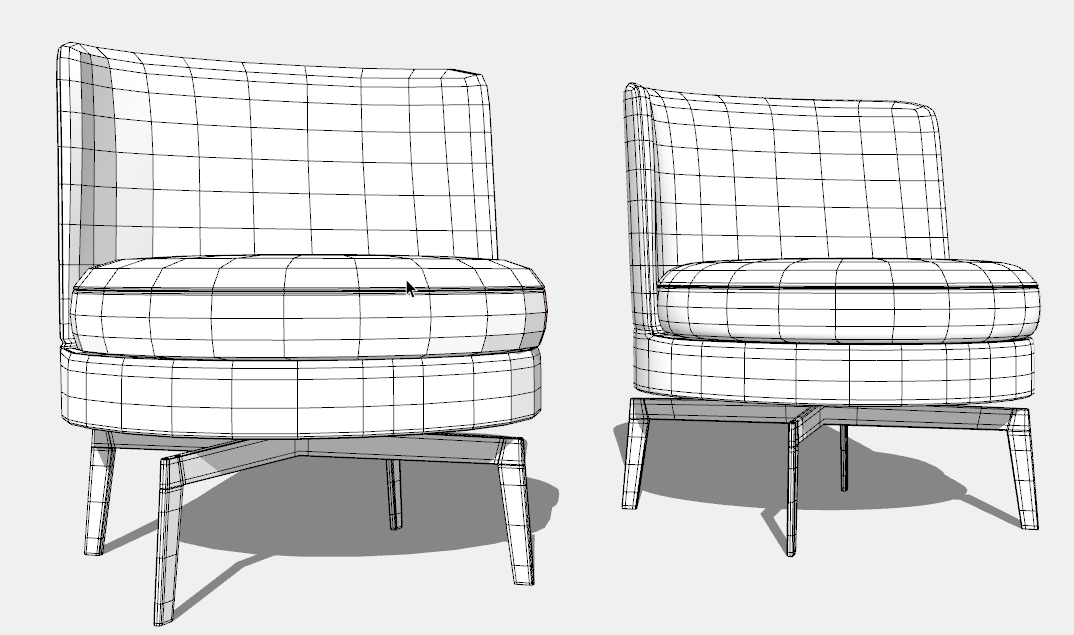
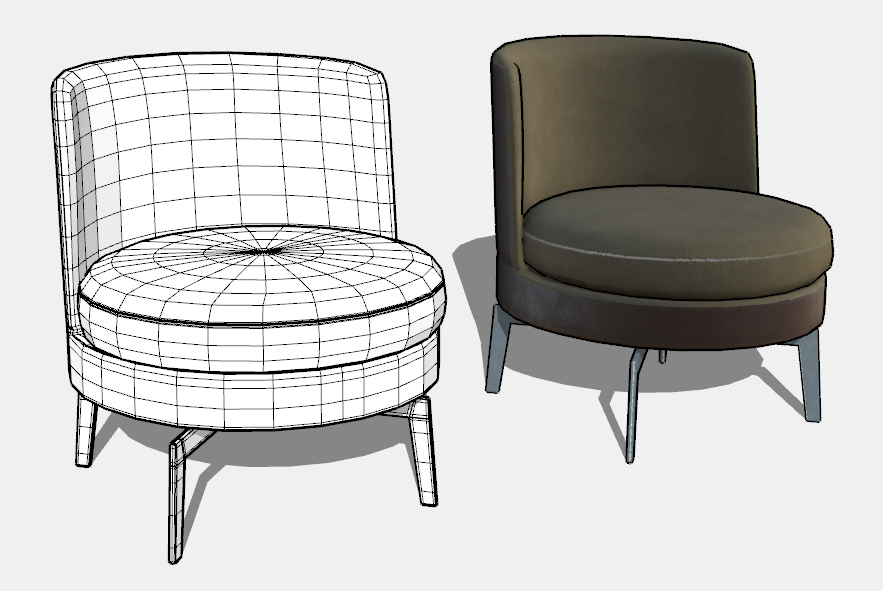
-
@box said:
@jo-ke said:
@rv1974 said:
Box how do you work with symmetrical geometry? Do you temporaly make mirrored low poly components or make all editing twice (from both sides simultaneously)?
This is exactely the same question that I asked myself
Simple answer is 'all of the above'.
Depends what I am doing and what shape I am heading for.
Sometimes I select both sides as you get a better view when it all moves together,
Sometimes I only work with half an object then just mirror it.
Sometimes when working with a complete structure I'll work both sides simultaneously then gradually make them different.
Quite often I will split a model in half and delete the bad side and replace it with the good.
So I'd have to say I have no fixed method and I often do the same things differently the next time.
It's worth mentioning that QFT and VT tools make it very easy to select and manipulate both sides at the same time.Hi. I can answer that too, having worked for 4 years on the same complex model that started off making a human head (after watching Rich O'Brien's video), but more complex because it was a human head, using Thom Thom's Vertex Tools primarily and some Quadface Tools. That, of course, I did 1/2 of it, then flipped it, but on top of that part began to model many other sections, some of which are able to be copied and flipped, two other sections contribute to the entire width.
So, I too, have certain sections that are "grouped" half-way and the only time I grab a part from the other side (which literally exists in case I mess something up) and put it back in to the right side.
Then there are other parts that are grouped together that form the entire width of the project. So, it all depends.
But, I will say this, there are a few places where there are SubD parts that will "echo" on the other half what they will do on the one half. In those cases, I will model the half of the SubD, and then "flip" or in this case "mirror" it (using TIG's tool) and "hide" the piece down the center.
Except for one tiny part that is a box, there is nothing about my model that is square. I did go to college in architecture, but my college had a fundamental philosophy about not training their students in CAD. So, I got to the point of "oh no, what am I going to do?" to finding out that Thom Thom had come out with SubD Tools. Yes, all my problems will be solved! Especially since I found out half of my model won't do push/pull, and that's a big part of doing the final decorating. There are other parts that I can do easily now that I can use SubD Tools. I've been watching everything I can on youtube concerning SubD and going over parts of Quadface tools. So, I want to say thank you to Thom Thom publicly. If it weren't for you, I wouldn't be able to complete my project. God bless! And, I want to point out that for those of you who are not experts on quads (or Quadface Tools) there is a 40:57 video on [http://www.youtube.com/watch?v=-VvLj7UeXgY](http://www.youtube.com/watch?v=-VvLj7UeXgY) entitled "Thomthom shows Subd plugin and talks about quads". Also, this is for people who may not have heard of Vertex Tools or Quadface Tools, but there are both groups of youtube videos on those. -
@ntxdave said:
@thomthom said:
@ntxdave said:
- Poly* Quad* Tri* N-Gon* Other Terms
Have you looked at the links on the SUbD site?
http://evilsoftwareempire.com/subd/quadsCurrently there are four links to external sites that describe the general concept of tris, quads and ngons. Is there information there you feel is missing?
Yes, I have looked at those. My outline was to show my current idea of the items that should be in a tutorial/guide called: Beginners Guide to Quad Modeling in SketchUp.
As I continue to try to lean how and when to use quad modeling I have had to go all over the place to find answers and get explanations. As I said before, most of what I find is not really oriented for us beginners so I have to ask a lot of dumb/silly questions. If I ever feel comfortable enough with that I understand it and can apply it, I would like to write the guide. People like you and Box (along with several others) have been very helpful and I totally appreciate it...Again, I am not complaining in any fashion but as a beginner in this whole process it at times is rather difficult to try to determine what, when and why I should do something. Again as an example, please do not take this as a negative, but when I try to understand some of the tools in the QFT toolset, I find the documentation (again for us novices) to not be very clear. Thus I misunderstand what the tool does and/or how/when to use it. A good example of this is the Connect Edges tool. While I have used it several times, I still do not 100% comprehend the pinch action in the HUD. Again, not complaining, just point out that us beginners need to understand as we use this tool what it is going to do and WHY.
Dave, believe me, I understand. I had a serious stroke 18 years ago, 4% chance of living, but thank God I survived. Like I stated in my previous post I went to college in architecture. The damage from the stroke was on the left side of my brain. I think 90% with the right side of my brain. Am I saying this to get sympathy? Absolutely not! I have far surpassed any goal set for me by any doctor, anywhere, anytime. But where I got B's in Calculus in college, the best I can do now is x/58 = 75/150. That's Pre-Algebra. So, I get where you're coming from. (Reading is an activity that is done on the right side of the brain). So, too, is a lot of creativity. Communication, and writing, is done on the left side of the brain. I have to totally thank my now-deceased mother, because she felt like her calling in life was to be a reading teacher. She could have done anything. But when she died, she had a whole wall of books on the process of reading and how it was connected to kids' brains. My twin sister and I learned how to read when we were three. Now, my twin sister has her PH.D. in Microbiology and is a Professor of Forensics at the University of Illinois. I spent a year learning how to reconnect the neurons in my brain so that I could have the same level of vocabulary, and write at the same level. To do this I had to get a professional writing program and write and write and write...about 1,000 pages to get back what I had lost.
Of course, to be an architect, you have to be smart enough to learn basic structures, and if I told you when I graduated and the area of the country I lived in you would probably guess what college I went to. Now, the equations for Structures look like Arabic to me. I can't even say they look Greek, because at least Greek, I can make out some of the words.
But seriously, I ignored the Sandbox tools because I forgot about them. Why did I forget about them? I turned them off in the View>Toolbar. So, I'm four years into this project, having spent a certain amount of time in the hospital, and recovering, and I totally missed a section that I could have covered with the "Smoove" button, and of course that was attached to other sections that I could have converted to Quadface (there's a button for that).
So, don't give up! It might seem to some that I am foolish, or worse, "handicapped". But I don't see myself in that way and though I will tell people that I am sorry because I can't understand Ruby scripts (because my brain is damaged), or I missed something, I am still determined to work through and understand to the best of my ability, these things.
For you, I would recommend watching a set of four You Tube videos of Marcello Pannicia using SubD to recreate the Tatlin Sofa. There you'll see where and how to use the "Connect Edges" and other Tools. Note: the one group of a plugin that he doesn't say where it comes from is a Ruby Script plugin that he made himself (as best as me and some other people on the SketchUp forum could figure out). And watch ThomThom explaining SubD and quads. To him, they're related, and he went from working on quads to coming up with SubD (making Vertex Tools in between). Always wanting to make things organic.
And the catmull-?clark or clark-catmull, no I think it's the other way around; but it's late, I'm forgetting things, but it is basically the thing his quads are, is the standard for other, more expensive (like $2000+) programs.
Advertisement








